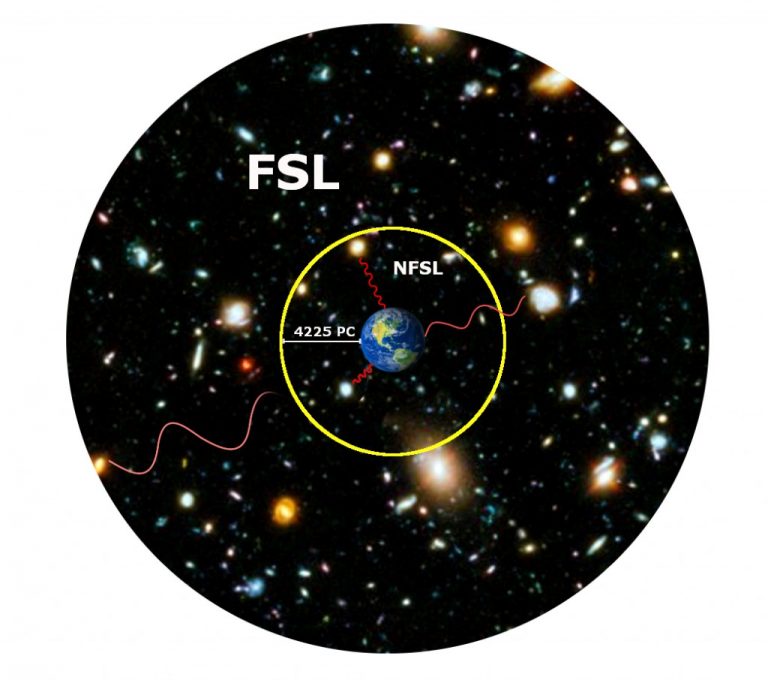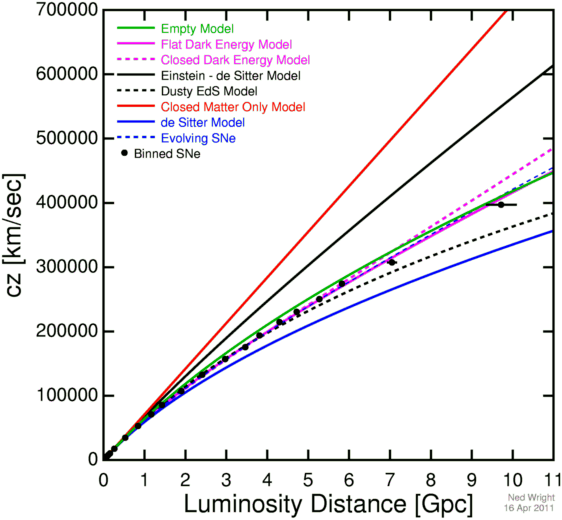
Overall, the odds of the values arrived at by the two Hubble constant techniques being just a statistical fluke are quite small-about 1 in 100,000. This light dates back to when the universe was only 380,000 years old, and is often called the relic radiation of the Big Bang, the moment when our cosmos began. This value comes from observing the earliest light in the universe than can reach our telescopes, known as the cosmic microwave background. Their work has reduced remaining uncertainty in the accuracy of the Cepheid technique down to a measly 1.9%.Īnother, vying technique for measuring the Hubble constant has settled on a value of 67.4 kilometres per second per megaparsec. Using the Hubble Space Telescope-again named for the father of modern cosmology-Riess and colleagues observed a large sample of Cepheid variable stars in a neighboring galaxy, carefully building on the evidence that has accumulated to date. Translating that from astronomer-speak: for every unit of distance from us called a megaparsec, which is equal to about 3.3 million light-years, with a single light-year being how far light travels over the course of a year (a gobsmacking 9.5 trillion kilometers, or 5.9 trillion miles), a galaxy is moving away from us at that 74 kilometer-per-second rate, due to the universe's expansion.Ī recent study, led by Adam Riess of the Space Telescope Science Institute (STScI) and Johns Hopkins University, further locked in that value of the local Hubble constant. The direct measurements-along with those taken of exploding, more distant stars called supernovae-have yielded a Hubble constant value of about 73 kilometres per second (45 miles per second) per megaparsec. "Locally, we can measure the Hubble constant-the expansion rate-directly."

"That is the beauty of really accurate measurements in cosmology," says Freedman. Over the years, researchers have continued whittling down the error bars inherent to the Cepheid technique, arriving at ever-firmer estimates of how fast our universe is expanding. Coupling this brightness comparison to a shift in light from receding objects known as redshift, which reveals just how fast a galaxy is receding, lets the researchers build a robust "cosmic distance ladder," as they call it. The method works just as if the exact same sort of candle were placed at varying distances down a road from an observer here on Earth. (Hubble himself made his groundbreaking discovery relying on these same sorts of stars.) Scientists can compare these star's apparent brightnesses, which diminish with distance, to their already-known inherent brightnesses. Freedman and colleagues rely on stars called Cepheid variables, whose brightnesses change in a regular cycle. She has been a pioneer in the direct measurement of the Hubble constant here in the present-day universe. The John and Marion Sullivan University Professor in Astronomy and Astrophysics at the University of Chicago, as well as a member of its Kavli Institute for Cosmological Physics (KICP), Freedman has studied the Hubble constant for three decades. Whispers of resorting to "new physics"-essentially, introducing speculative "fudge factors" to provisionally constrain the problem and outline potential solutions-are growing louder.Īmong the most central players in this unfolding scientific drama is Wendy Freedman. The measuremental chasm has split so wide that researchers are now strongly, albeit reluctantly, questioning our basic grasp of cosmic history.



In sharp distinction, a profound and ever-more-perplexing gap has instead emerged between the most powerful techniques. One might expect convergence, as new and better techniques are brought to bear in gauging the Hubble constant. Ever since famed astronomer Edwin Hubble discovered the universe's expansion in the 1920s, scientists have sought to nail down the universe's growth rate, aptly named the Hubble constant. In cosmology, no number is as important as this rate of recession in understanding the origin, evolution, and fate of our universe. This high-speed galactic exodus breaks no laws of physics, however, for it is the universe itself that is expanding-the very space-time fabric upon which all of existence is stitched. And those are the slow-pokes the most distant galaxies actually zoom away from us faster than the speed of light. Some of the nearest galaxies to ours are receding at a rate surpassing 240,000 kilometers per hour (150,000 miles per hour). Credit: Carnegie Institution of WashingtonĪlready mindbogglingly large, the universe is actually getting bigger all the time. Edwin Hubble stands by the 48-inch telescope at Palomar Observatory.


 0 kommentar(er)
0 kommentar(er)
